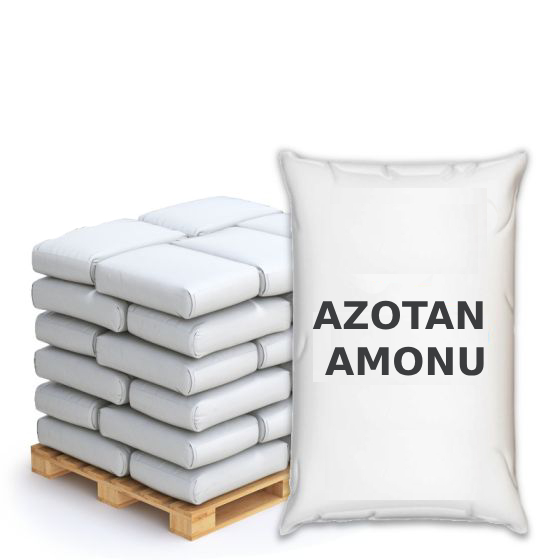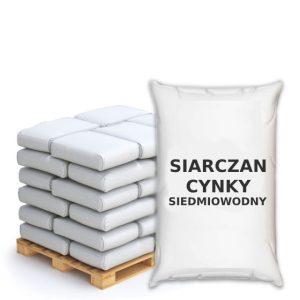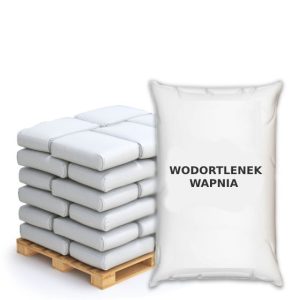Description
Ammonium nitrate (NH4NO3), also known as ammonite, is an inorganic chemical compound that belongs to the saltpeters and nitrates groups. In solid form, ammonium nitrate occurs in the form of white, colorless crystals or granules. It is a synthetic substance that can be formed by the reaction of ammonia with nitric acid. It is also hygroscopic and dissolves very well in water. Because the process of dissolving ammonium nitrate in water is quite strongly endothermic, a mixture of ammonium nitrate with ice is a very good cooling mixture. Ammonium nitrate is commonly used as a nitrogen fertilizer in agriculture as it promotes the growth and productivity of crops. It is classified as a hazardous material with the number UN 1942 in accordance with ADR regulations.
On an industrial scale, ammonium nitrate is obtained by reacting nitric acid (45–65%) with ammonia. Due to the exothermic nature of the process, a special reactor design is used, where the reactants are quickly mixed. The heat generated during this reaction is used to evaporate water, which allows obtaining a solution with a concentration of 95-97%. In addition, ammonium nitrate can also be obtained from calcium nitrate. During the production of nitrate-phosphate fertilizers, an excess of calcium nitrate is created. However, this material is not in great demand on the market, so it is processed into ammonium nitrate in a reaction with carbon dioxide and ammonia. The heat from this reaction is also used to evaporate water. An alternative, less efficient method of obtaining ammonium nitrate is the reaction of inorganic ammonium salts with nitrates.
Ammonium nitrate is a chemical compound with moderate reactivity, but under the influence of high temperature it can become very reactive, and in the event of a strong impact or the presence of fuels, detonation can occur. Moreover, ammonium nitrate decomposes rapidly, releasing a large amount of gases. This reaction is the basis for its use in explosives such as ANFO (ammonium nitrate with diesel fuel). Furthermore, ammonium nitrate decomposes under the influence of high temperature in a highly exothermic reaction. The product of this reaction is nitrous oxide (N₂O, laughing gas). In uncontrolled conditions, the reaction can also be explosive. This substance also dissolves in water and undergoes ion dissociation. This reaction is the basis for its use as a fertilizer, because it provides plants with nitrogen in an ionic, absorbable form. Ammonium nitrate also reacts with strong bases to form ammonia. Furthermore, in redox reactions, ammonium nitrate takes on the role of a strong oxidant and reacts with reducing substances, such as carbon, metals, or sulfur.






